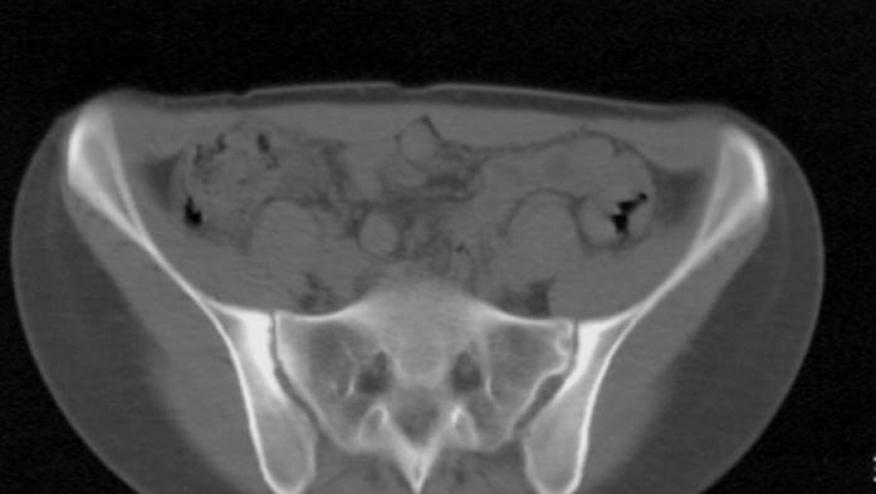MRI Imaging for Sacroiliitis Requires Bone Marrow Edema for Reliability Save

de Winter and colleagues from the Netherlands have reported on magnetic resonance imaging (MRI) of the sacroiliac (SI) joints of healthy subjects, patients with axial spondyloarthritis (SpA), runners and those with chronic back pain, and found a high incidence of sacroiliitis in many, but that deep bone marrow edema was most specific for those with axial SpA.
Three trained, experienced MRI readers assessed the SI joints of 172 subjects (47 healthy controls without low back pain (LBP), 47 axial SpA, 47 controls with chronic back pain, 7 with postpartum back pain, and 24 frequent runners) and scored these according to ASAS and SPARCC methods. The results are shown below:
| n | HLA-B27+ | MRI Sacroiliitis | SPARCC Sacroiliitis | Deep Bone Marrow Edema | |
| Axial SpA | 47 | 74,5% | 91.5% | 97.7% | 89.4% |
| Normal controls | 47 | 0 | 23.4% | 25.5% | 0 |
| Chronic LBP | 47 | 0 | 6.4% | 10.6% | 0 |
| Post-partum LBP | 7 | 0 | 57.1% | 57.1% | 14.3% |
| Runners | 24 | 0 | 12.5% | 16.7% | 0 |
While some evidence of MRI sacroiliits may be found in minority of those with LBP, it appears that only deep (extensive) bone marrow edema lesions are most specific for axial SpA patients.










If you are a health practitioner, you may Login/Register to comment.
Due to the nature of these comment forums, only health practitioners are allowed to comment at this time.